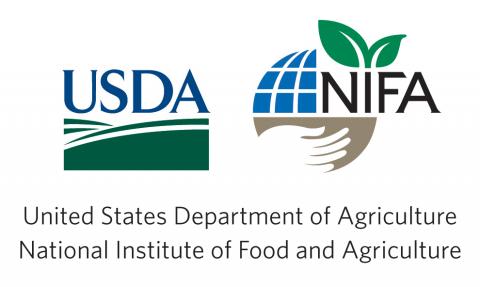
Genetic modification of livestock is both time and cost prohibitive, and phenotypic analysis of allelic variation has not been possible for livestock in any in vitro system. This project will utilize recombineering to decrease both the time and cost of altering genes in the pig and develop methods of making specific allelic substitutions in somatic cells.
The project demonstrated our ability to genetically modify BACs containing porcine genomic sequences through insertion of FLAG into the swine MHC class I gene [GOF] and an insertion to knockout Rag1 [LOF] utilizing existing porcine fetal cell lines and the newly created Duroc-214 fetal line as somatic targets for the recombineered BACs. To permit evaluation of the efficiency for recombineering, we used the Rag1 construct shown in our preliminary results.
Targeting constructs were designed to replace the genomic sequence using the CHORI-214 porcine BAC library. Targeting vectors based this library were introduced into the BAC containing recombination efficient DY380 cells. These were screened to obtain mutated clones and the alterations verified by sequencing. We then utilized fetal porcine cell lines as somatic cell targets for the recombineered BACs. We were able to determine the best transfection and culture system and screening protocols as well as the efficiency targeting using isogenic versus nonisogenic vectors.
IMPACT
We will be able to screen for the best allele of production-important genes without using live animals. This should lead to the production of animal models for human diseases such as Ataxia-Telangiectasia, tumor forming cell lines, hemophilia or cardiovascular disease.
PUBLICATIONS
Rogatcheva, M.M., L.A. Rund, K.S. Swanson, B.M. Marron, J.E. Beever, C.M. Counter, and L.B. Schook. (2004). Creating porcine biomedical models through recombineering. Comp. Funct. Genom. 5, 262-267.
Rogatcheva, M.M. L.A. Rund, J.E. Beever and L.B. Schook. (2003). Harvesting the genomic promise: recombineering sequences for phenotypes. Anim. Biotechnol. 14, 103-118.
Smith, D.M., J.K. Lunney, G.W. Martens, A. Ando, J.H. Lee, C.S. Ho, L.B. Schook, C. Renard, and P. Chardon. (2005). Nomenclature for factors of the SLA class-I system. Tissue Antigens, 65, 136-149.
Swanson, K.S., M.J. Mazur, K. Vashisht, L.A. Rund, J.E. Beever, C.M. Counter, and L.B. Schook. (2004). Genomics and clinical medicine: Rationale for creating and effectively evaluating animal models. Exp. Biol. Med. 229, 866-875.
Smith, D.M., J.K. Lunney, G.W. Martens, A. Ando, J.H. Lee, C.S. Ho, L.B. Schook, C. Raenard, and P. Chardon. (2005). Nomenclature for factors of the SLA class-II system. Tissue Antigens, 66, 623-639.
